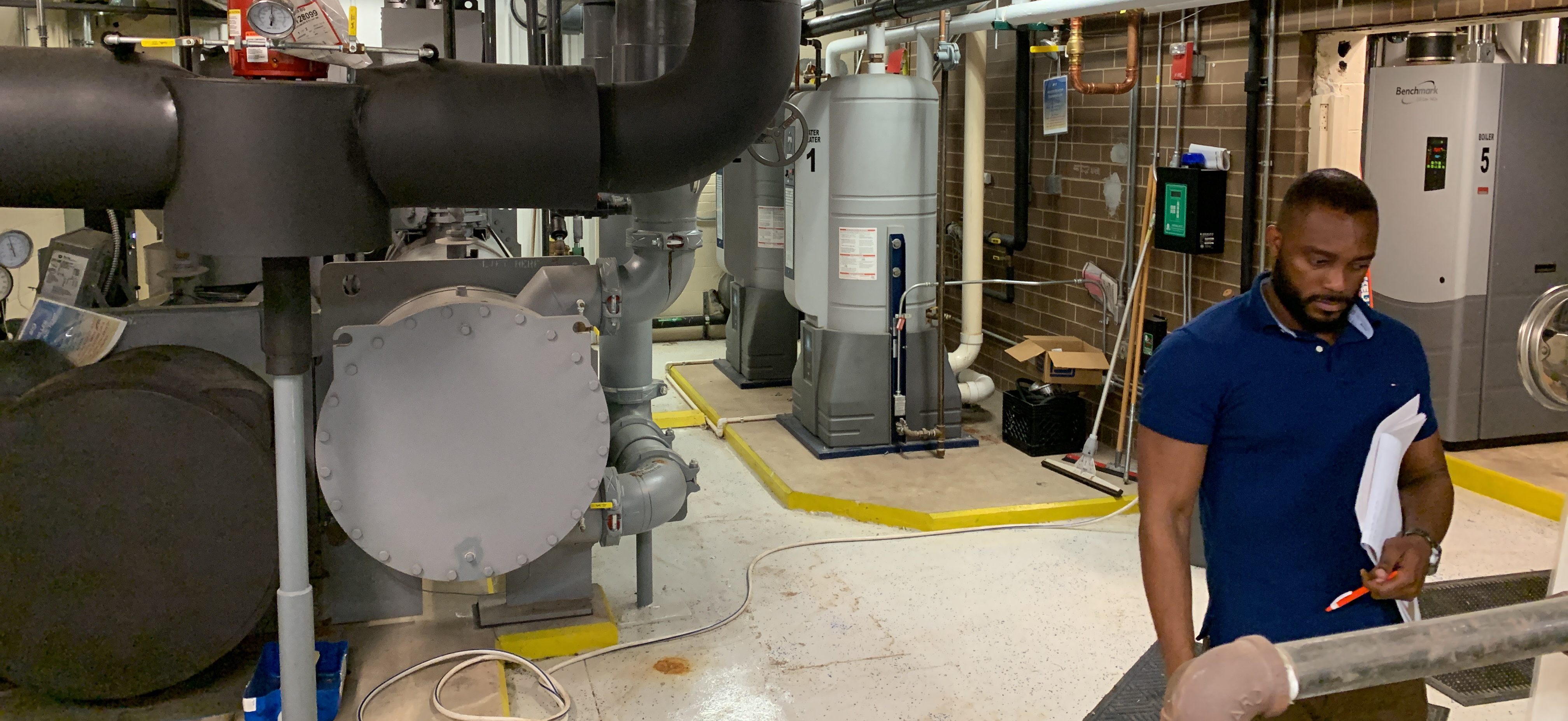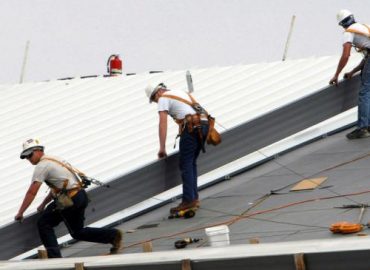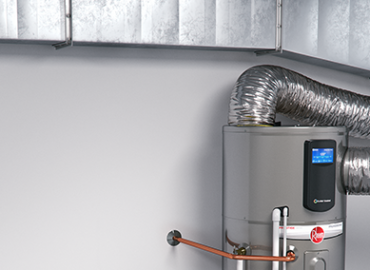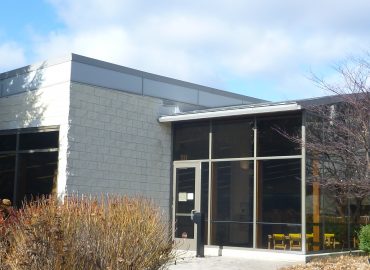Give your building an energy tune-up!
SEDAC encourages periodic maintenance to improve energy efficiency and reduce costs. Some maintenance measures should be performed annually or every few years; others should be performed monthly or quarterly. Create a schedule so that these important maintenance measures aren’t neglected. Energy tune-ups can increase equipment life, prevent expensive service calls, and lead to substantial energy cost savings.
Lighting
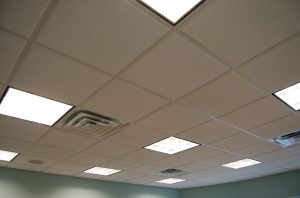
- Follow a schedule for inspecting lamps and fixtures for functionality, lighting levels, light quality, and cleanliness of fixtures.
- Lamps shouldn’t just be replaced when they go out because the brightness of lamps decays over time. When purchasing replacements, consider upgrading to new energy efficient lamps.
- Light fixtures accumulate dust that can impact light levels over time, so they should be cleaned occasionally.
- Evaluate lighting controls for functionality. This includes daylighting controls and occupancy or brightness controls. Set timers and controls to match the activity schedules. This should be done annually.
Building Envelope
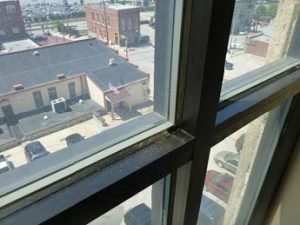
Early spring is a good time to schedule building envelope inspection to identify any winter damage. An inspection is also helpful in the fall to find air leaks in the windows, doors, walls, and roofs in preparation for winter. After severe weather, additional inspections may be required.
Visually inspect the roof to identify deterioration and cracks and conduct necessary repairs. Every few years, do an infrared survey of the roof. Periodic maintenance of the roof can significantly increase the lifetime and improve the performance of the roof.
Visually inspect the wall system, particularly around windows and doors. Check the window glazing gaskets. Identify and fix any cracks and openings. An infrared survey of wall components should be done every few years.
HVAC System
For systems that heat and cool, perform maintenance in the spring and fall. Calibrate the indoor and outdoor building sensors, room thermostats, duct thermostats, humidistats, as well as pressure and temperature sensors according to design specifications. These controls may require specialized skills or equipment, such as computer software. Replace filters on a regular basis. Check filters every month, especially in times of heavy use. Filters should be replaced at least every 3 months.
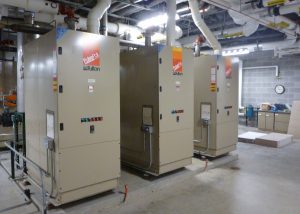
Conduct a boiler tune-up and steam trap maintenance once or twice a year, depending on use. Clean cooling towers at least twice a year. Clean the air side of heating and cooling coils - either within an air handler or a rooftop unit - to reduce deposit buildup at least every 6 months. Inspect and clean HVAC ducts to maintain good air quality and energy efficiency. This is recommended every 3-5 years, depending on building use. Replace refrigerant filters as needed. Make sure refrigerant is at the proper levels. Maintenance should include:
- An inventory of the system and identification of critical loads. Are there sufficient power circuits to run the equipment in the building? This will be more applicable for facilities facing occasional or persistent electrical power shortages within individual circuits or from the main service panel. Remember that some electric energy efficiency practices can help alleviate these types of problems.
- An inspection of outlets, switches, circuit breakers, distribution panels, wire connections, etc.
- Cleaning and lubricating of appliances and equipment according to manufacturer specifications.
- Thermal scan of equipment to identify hot spots that may be failing. Repairs and replacements of equipment as needed.
Water
Leaky faucets or high-temperature water can also cost energy dollars. Schedule regular maintenance to inspect the water supply and waste pipes for rust and leaks.
- Check all plumbing fixtures for leaks, deterioration, and tightness.
- Check operation of water shut off valves.
- Consider replacing high-flow with low-flow fixtures.
- Check that the temperature of your domestic hot water is at the recommended temperature, but not hotter. In many cases, this is 120°F. If there is a special need for high temperature domestic hot water, for example in high-temperature dishwashers, evaluate the potential to install a dedicated water heater or a temperature booster for that purpose.
Electrical system
Regular maintenance can extend the life of your electrical equipment, decrease the risk of fire and damage, and help you identify energy savings. Electrical maintenance contractors can also help you decide when to replace old systems. Annual electrical maintenance is recommended, with more thorough inspections every few years.


